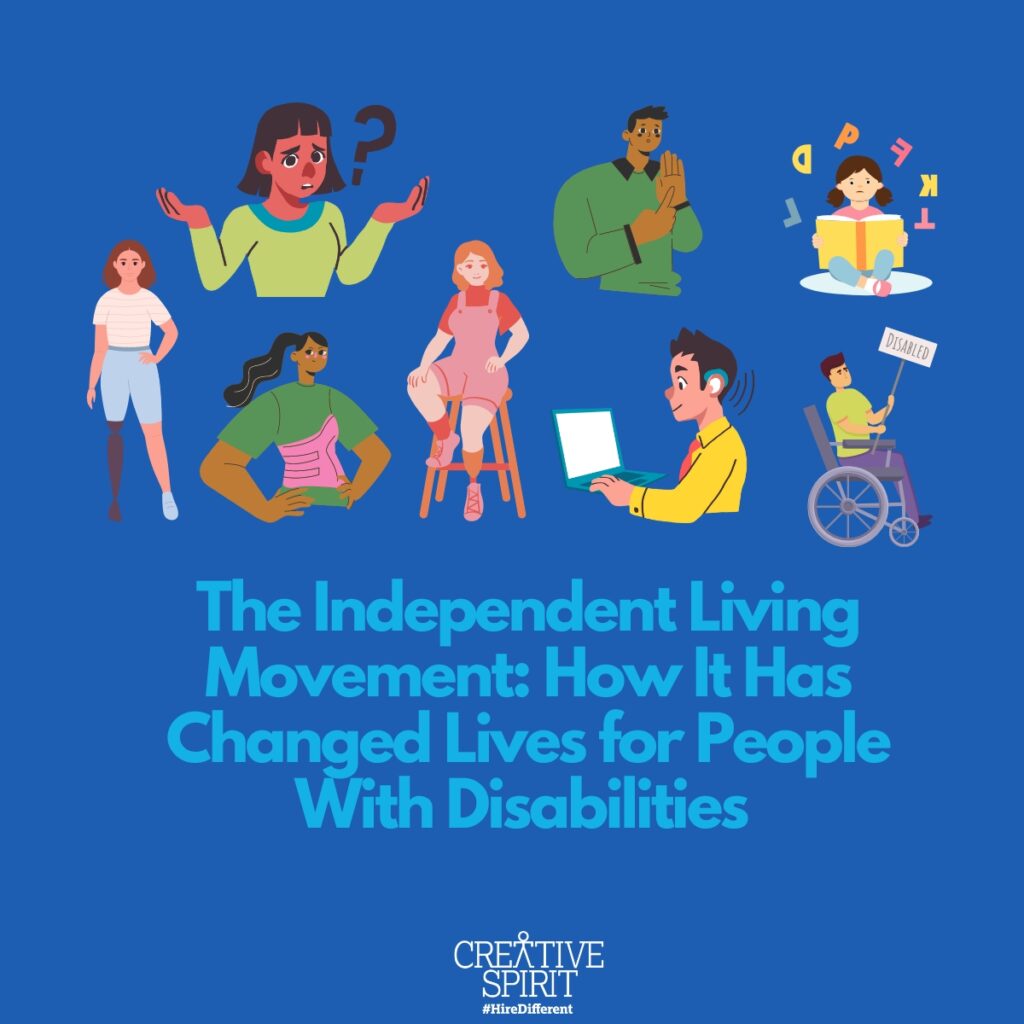Written By: Menachem Rephun, Communications Manager, Creative Spirit

Introduction: The Dream of Independent Living
The freedom, self-esteem, and dignity that come with independent living are aspects of life many take for granted. For millions of Americans with disabilities, however, they have often been a dream and an aspiration that were denied due to severely restricted accessibility and societal prejudices and misconceptions. In the 1970s, a new movement emerged that would challenge this reality and enable people with physical disabilities and neurodiverse conditions to enjoy much greater levels of personal autonomy and a higher quality of living. Known as the Independent Living Movement (ILM), this effort would radically redefine society’s perspective on disability, overlapping with the broader disability rights movement as a whole.
Ed Roberts: The Father of the Independent Living Movement
The groundwork for the ILM was established by Ed Roberts, a student at the University of California who had been physically paralyzed after surviving polio at 14, and who would come to be known as the “Father of the Independent Living Movement”. Upon applying at UC Berkeley, Roberts was informed bluntly by administrators that “We’ve tried cripples before and it didn’t work.” Roberts was no stranger to this prejudice. He had experienced similar discrimination as a high school student, when school administrators threatened to deny him his diploma due to being unable to complete the physical education and driver’s education requirements (Roberts was dependent on an iron lung at the time in order to breathe).
After gaining admittance to UC Berkeley in 1962, Roberts organized a group of fellow students with severe disabilities who had encountered similar challenges and obstacles. Calling themselves “the Rolling Quads”, the group advocated for improved accessibility, barrier removal, and support services at the University. In 1964, Roberts graduated with a bachelor’s degree in political science and went on to earn his Master’s, also in political science, in 1966. A major breakthrough came in 1970, when Roberts and his fellow students received a grant of $80,000 from the Federal Department of Education to establish the Physically Disabled Students Program (later changed to the Disabled Students Program), which was the first college organization for disabled students in the U.S., providing wheelchair repair, attendant referral, peer counseling, and other vital services.
Founding the Berkeley Center for Independent Living
These early successes were just the beginning of Roberts lifelong advocacy on behalf of disability rights. In 1972, with a small amount of federal funding, he and other members of the Physically Disabled Students Program founded the Berkeley Center for Independent Living, which would spark a national movement that continues to this day. In an interview with “60 Minutes”, Roberts defined the ILM as “a psychological idea much more than a physical concept. I’m paralyzed from the neck down, but I am completely in control of my own life. I make decisions about what I want. And when you begin to believe that it is very empowering and powerful. And then it becomes, it catches on with other people. They see well, if he can do that, why can’t I?” This was a more groundbreaking perspective than it appeared.
For most of American history, people with disabilities had been viewed less as human beings than as a “problem” that needed to be “cured” or resolved, and were pressured to adapt to a society not suited to meet their needs. The Independent Living Movement marked a dramatic shift away from this attitude, termed the “medical model”, towards what would come to be known as the “community model”, which focuses on people with disabilities as individuals rather than a problem in need of being “fixed”. In the words of AccessLiving writer Bridget Hayman, “Ed Roberts was launching a self-help movement that would radicalize how people with disabilities perceived themselves. He did it for himself and then began laying the groundwork for the rest of us.” While its approach to disability rights was groundbreaking, the ILM was not born in a vacuum. Rather, it was rooted in at least five major social movements of the 20th century.
Historical Influences: Movements That Shaped ILM
The first of these was the “deinstitutionalization” movement of the 1950s. Led by providers and parents of people with disabilities, the deinstitutionalization movement was based on principles developed by Dr. Wolf Wolfensberger, a German-American sociologist who believed people with developmental disabilities should live in the most “normal” settings possible, rather than hospitals and institutions. This movement was a direct response to poor conditions and treatment in state-run psychiatric hospitals, where patients received little to no individualized care, as VeryWellMind.com explains.
The Civil Rights Movement, which drew on a philosophy of nonviolent resistance to successfully overturn segregation and racial inequity in the 1960s, also had a major impact on the development of the Independent Living Movement, including on Roberts himself. AccessLiving.org points out the overlap between the Independent Living Movement and the Civil Rights Movement, which “share basic issues — disgraceful treatment as a result of bigotry and mistaken stereotypes in housing, education, transportation, and employment — and their strategies and tactics were very similar.” Nevertheless, as described by his personal attendant, Jon Oda, Roberts acknowledged that some involved in the Civil Rights Movement did not always perceive the alignment with the disability rights movement that he did.
“I met with Stokely Carmichael and others in the Black Power movement,” Roberts was quoted as saying by Oda. “When I told them that we were all fighting the same civil rights battle, they didn’t believe me; they didn’t understand our similarities. I did. Even now, many people don’t realize it.” Despite this, the non-violent approach of the civil rights movement, as directed by leaders like the Rev. Dr. Martin Luther King Jr., would be effectively utilized by the Independent Living Movement and the disability rights movement as a whole, as demonstrated in the “504” Sit-In of 1977 and the famed “Capitol Crawl” in March of 1990, which led to the passage of the Americans With Disabilities Act (ADA) just a few months later.
Adopting Self-Help and Peer Support: Learning From Other Movements
Along with the Civil Rights and deinstitutionalization movements, the ILM was also influenced by the “self-help” movement of the 1950s, which began with the founding of Alcoholics Anonymous (AA). According to AccessLiving.org, the ILM adopted self-help and peer support, both of which are tenets of the self-help movement and AA, as part of its core philosophy. The ILM also embraced the demedicalization movement, which promoted a more transparent and holistic approach to healthcare. In essence, the ILM empowered individuals with disabilities to take on greater independence in meeting and defining their own needs, building their confidence and self-esteem in the process.
Ed Roberts’ Legacy: Continuing the Fight for Disability Rights
Roberts passed away in 1995 at the age of 56, yet his legacy lives on. Today, as Northeast Independent Living Program (NILP) explains, there are over 400 Independent Living Centers throughout the U.S., offering a variety of services, including housing assistance, help with overcoming communication barriers, disability awareness training, independent living skills training, voter registration assistance, and more. Along with his contribution to the Independent Living Movement, Roberts co-founded the World Institute on Disability, and spent eight years serving as director of California’s Department of Rehabilitation.
In an example of poetic justice, this was the same organization that had once deemed him too disabled to ever find employment, as AccessLiving.org points out. January 23 is also celebrated annually in the United States as Ed Roberts Day. Roberts also stressed the need for fair-wage employment for people with disabilities. “People with disabilities want to work,” he said. “We have converted our approach from asking to be hired out of sympathy to marketing ourselves as a significant employee pool, and a consumer pool as well. This is the legacy of the disability civil rights movement.” Today, Creative Spirit is working to keep that legacy alive by honoring Ed Roberts and working harder than ever to ensure fair-wage employment for millions of Americans with disabilities and neurodiverse conditions.
Sources:
1. https://www.accessliving.org/newsroom/blog/independent-living-history/
2. https://www.nilp.org/history-of-independent-living-movement/
3.https://www.commonlit.org/en/texts/on-disability-rights-highlights-from-speeches-by-ed-roberts






